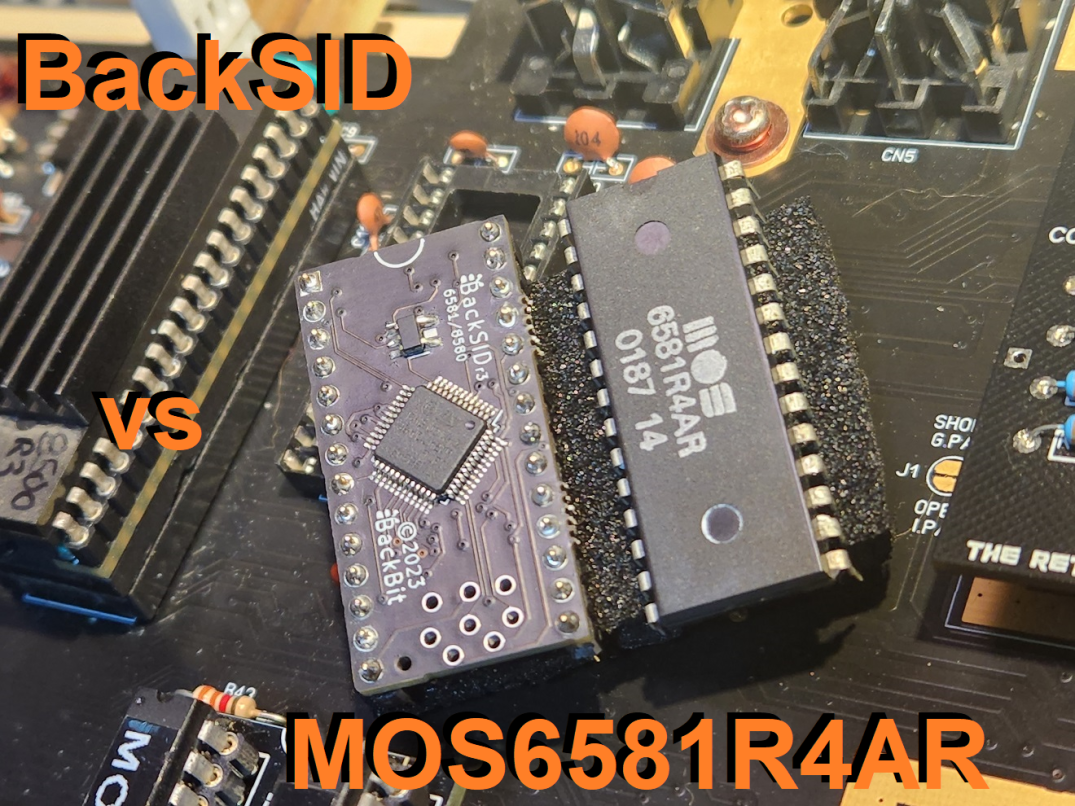I’m a geek, you’re a geek, we’re all geeks.
And when we built a Commodore 64 we needed something to replace the 6581 Sound Interface Device
MOS 6581 “SID” chip is the audible output of a Commodore 64 computer. It was revolutionary when it was released in the 1980s, and made it’s way in synthesizers and gave its sound to the Commodore 64.
This chip has an analog nature, filtering, and could produce 3 simultaneous voices – much better than anything IBM’s “personnal computer” could produce at the time.
When we built the 250466 reproduction board, the SID was borrowed from another C64. That meant one of the two Commodore had no audio output. It meant silent gaming and no music.
Shopping for a SID chip online has it’s share of frustration and getting a genuine, working one isn’t guaranteed. The scarcity of the chip has the side effect of increased pricing. An 6581R4AR like the one borrowed for the build can fetch north of 100$ on auction sites.
The repro chips are a bargain by comparison. And will be much more future proof than 40 years old microchips.
A question remain – Do they sound the same?
Continue reading




